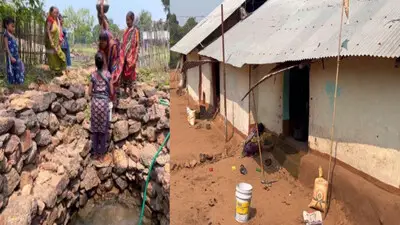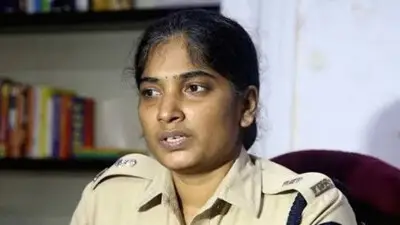Recommended Stories
So think about this situation. There is a government Primary Health Center (PHC). There is no doctor there since a very long time. There is no decent infrastructure either. There is a big banyan tree outside the PHC. Suspended from the branches of the tree are Intravenous (IV) lines. And they are getting into veins of patients lying under the tree. The man who is facilitating these basic medical needs is a Pharmacist. Learning that the Pharmacist is doing the job of a doctor, which is certainly illegal, the government decides to terminate him from duty. So far so good, eh?
Now the locals go on a rampage, breaking the dilapidated hospital infrastructure. They break the asbestos sheets on the roof; they break the wooden and plywood fittings and burn them as a mark of their protest. Protesting the sacking of the Pharmacist! Confused? Well, this is what has happened at a place called Babar village of Mahakalapada Tehsil in Kendrapada district of Odisha. Emotional angle apart, the sacking was warranted, was legal, but unfortunately does not address the deep rot in the system.
While this incident was unfortunate, it is symbolic of the state of affairs of healthcare in many parts of the state. As per data on NHRM Odisha website, there were 1,226 PHC’s in the state (as of Dec 2014). Despite efforts of the government there is large scale absenteeism of physicians, gross lack of basic equipment and personnel and poor access to many of these PHC’s. Not just PHC’s, similar is the condition in many hospitals that are away from bigger cities.
The common refrain when such incidents occur is that why medical graduates of the state can’t be sent to these places. The incentive for a fresh medical graduate to serve in rural setting is to get brownie points which would help him secure a PG seat. Thus little can be expected from making rural service mandatory. Either there will be absenteeism, proxy attendance, or given the support that the young doctors receive, they would do a half-hearted job. A one-time purchase of equipment is again a poorly thought design most of the times as without supporting services and personnel to man them; they are bound to get defunct soon.
 ‘Referred’ -to Cuttack ‘bada medical’ (SCB MCH) earlier, Bhubaneswar these days - would perhaps be the term that anyone who has had a relative with critical illness will identify with in Odisha. And it is not surprising given situations like Babar village happen frequently. All morality apart, this also raises other questions like whether and what medical services can be provided by someone who is not a qualified doctor. News reports have recently shown a sweeper in a hospital treating patients. How big will the danger posed by ‘good intentions’ be?
‘Referred’ -to Cuttack ‘bada medical’ (SCB MCH) earlier, Bhubaneswar these days - would perhaps be the term that anyone who has had a relative with critical illness will identify with in Odisha. And it is not surprising given situations like Babar village happen frequently. All morality apart, this also raises other questions like whether and what medical services can be provided by someone who is not a qualified doctor. News reports have recently shown a sweeper in a hospital treating patients. How big will the danger posed by ‘good intentions’ be?
There is definitely a silver lining and all is not dark about healthcare in Odisha. There is much to be proud about few improvements in health indicators. Be it Maternal Mortality Rate, Infant Mortality Rate, Neonatal Mortality Rate, all of which have shown significant improvement over the years. Then there is the free medicine program ‘Niramaya’ which is doing well to address the large out-of-pocket (OOP) expenditure on drugs.
Unless there is increased and targeted investment, such cases will continue to occur. For a state that grapples with poverty (32.6% as per Planning Commission 2013), especially massive rural poverty, has a large tribal population (62 tribes of 533 in India) bereft of health benefits, and has been in news for dire health parameters, Odisha has come a long way. Yet these incidents are symbolic of the structural and policy gaps that need plugging.













